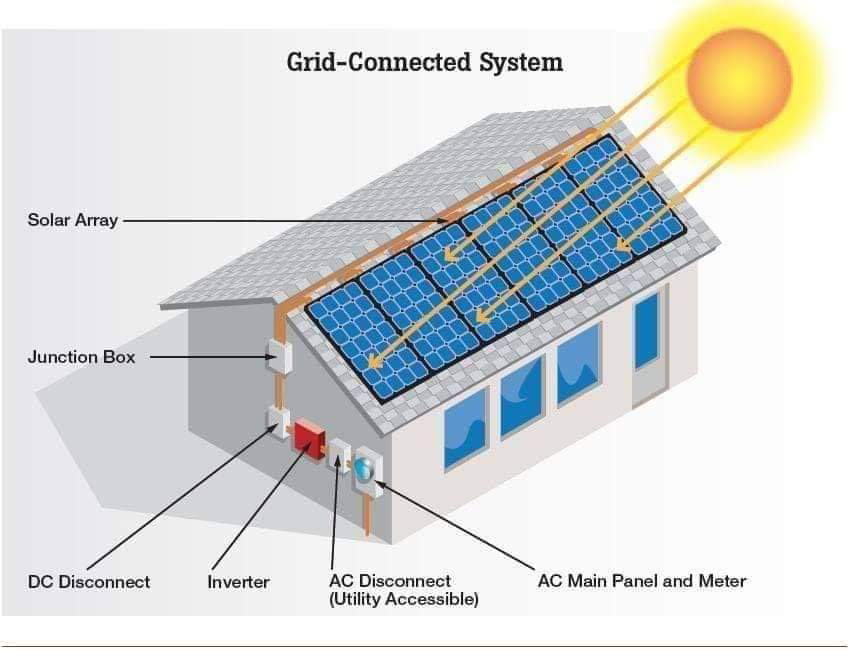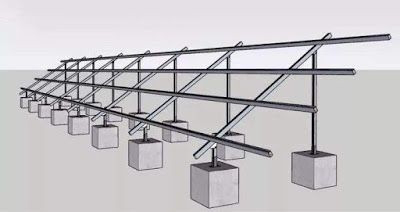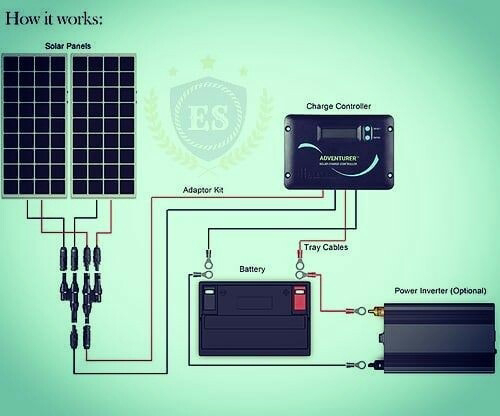1. Solar Panels:
To achieve the required 5 kW power output, you will need a total of 17 solar panels. Since each panel has a power output of 300 W, the total power output of the panels will be 17 x 300 W = 5.1 kW.
2. Solar Inverter:
A solar inverter is required to convert the direct current (DC) power generated by the solar panels into alternating current (AC) power that can be used to power the household loads. For a 5 kW solar power system, a grid-tied inverter with a capacity of at least 5 kW would be suitable.
3. Mounting Structure:
The solar panels will need to be mounted on a suitable structure, such as a rooftop or ground-mounted structure, to ensure they are oriented towards the sun and are secure.
4. Electrical Cables:
You will need electrical cables to connect the solar panels to the inverter and to connect the inverter to the household loads. The size and type of cables required will depend on factors such as the length of the cable run and the current carrying capacity required.
5. DC Disconnect:
A DC disconnect switch is required to isolate the solar panels from the inverter for maintenance or repair work.
6. AC Breaker Panel:
An AC breaker panel is required to distribute the AC power generated by the inverter to the household loads. It should be sized to handle the maximum expected load of 3 kW.
7. Monitoring System:
A monitoring system is recommended to track the performance of the solar power system and identify any issues that may arise.
Keep in mind that this is a basic design and the specific requirements for your solar power system may vary depending on factors such as the location, climate, and orientation of the solar panels. It is important to consult with experienced solar power professionals to ensure that the design is appropriate for your specific needs.











No comments:
Post a Comment